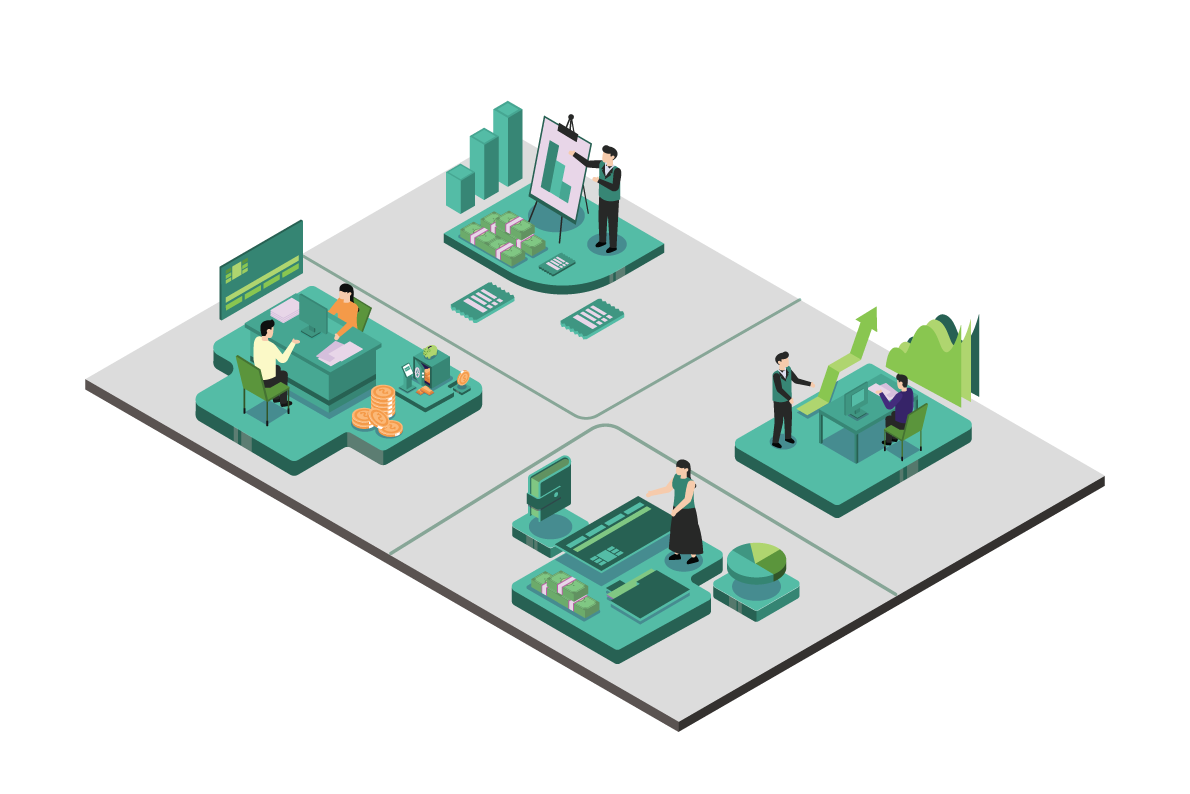BFSI
Most Banking, NBFCs & FinTech are wrestling with essential control over challenging & complex situations in digital transformation. Traditional technologies are suffering to fulfill those demanding situations and will eventually call for innovative methods which can help in solving complex problem statements with existing or may rise in the future. Many data-driven companies are still caught in, utilizing many technologies to compete on an entirely new data-driven playing field. These firms face growing challenges from regulators and part-fossilized humungous data. To overcome these new age challenges many Monetary groups are leaning towards, Graph databases, Semantic data, Knowledge Graphs, RDF & Digital twins.
Solutions
Alternative data for any Analytics & Machine Learning
The number of data sets is expected to grow in the next few years, diverse formats & sources of these data sets will be difficult to onboard, integrate & manage as some of the data sets might be at the semantic layer. Knowledge graphs can streamline & accelerate these processes, as Knowledge Graph enables the integration of these sources without coding and allows analysts to explore the data from any dimension without knowing specific questions in advance. It also supports the preparation of features to feed to ML and AI applications. Alternative data is expensive ?? Unless its knowledge graphs, Banks are exploring machine learning and alternative data sets to find new sources of Alpha.
Smart Trade Surveillance
Regulatory obligations have been steadily growing over the last decade and multiple new requirements needed to be addressed. All this required a smarter approach to spotting suspicious trading patterns. Financial Organizations need a solution that could improve the efficiency of the alert review process and provide better signals for potential risks. Knowledge graphs help Compliance officers to review the alerts based on the actual trades enriched with additional contextual information (news, emails, voice communications, market data, historical trading activities performed by the trader) to determine whether the alerts need further investigation or are they false positives. Knowledge graphs help financial organizations to improve the efficiency & precision of the alerts review process in real-time, with existing & new process-derived environments as per regulatory.
360º view of Risk & Value
The key to the successful digital transformation of any company is to be able to dynamically generate 360-degree views of core systems, processes, and business. The challenge for financial institutions seeking competitive advantages in the market is not a lack of information it's the flow & supply of information from diverse sources with complex and huge silos of data. Knowledge Graphs enable companies to semantically integrate diverse data and draw connections at an unprecedented scale. They also allow users to connect external sources of data efficiently, regardless of their underlying data formats and models.
Real time Fraud Detection/Financial Crime Analytics
Fraud is an unwanted side effect in financial systems and needs to be prevented. Due to the high number of processed data per day, it is difficult to catch which of them are suspicious and which are not. Fraudsters use methods that are based on certain patterns of behavior. Such patterns can be identified using graphs. Fraud techniques are continually evolving. Fraudsters may involve an individual or a group of people working together to commit a fraudulent transaction. It is not only essential to detect fraud but to be able to prevent it. It is cardinal to think one step ahead and detect fraud early before significant losses occur The fundamental structure, also called a graph's topology, gives many insights which are not easily discoverable in the traditional way of analysis, but also help to examine in real time. Rings in graphs are a powerful means to highlight subgraphs that have nodes with common characteristics. These common characteristics can indicate family members, groups of loyal customers, or incidents of identity fraud The general tendency is that a group of people working collectively to commit fraud might use overlapping identity documents. This may be because of deliberately generated synthetic identities or stolen identities arranged to support their criminal intentions
Compliance Management & reporting
Knowledge Graphs leverage the power of semantic technologies to not only unify and interlink various sources of compliance data but also to apply complex rules and patterns for (semi-) automated compliance monitoring. Financial compliance requires companies to maintain sophisticated customer screening and transaction surveillance systems that pose data quality and data availability challenges. Current compliance systems are focusing mainly on data collection and data consolidation, leaving less time for in-depth analysis In order to optimize compliance checks, Knowledge Graphs combine contextual domain knowledge with Natural Language Processing (NLP) and Machine Learning.
Benefits
Improve the pre-screen process, Unless traditional data is pulled in credit checks, alternative data can include rent, utility payments, part-time income, rental income & more many sources. their production processes. By optimizing their production processes, manufacturers can reduce waste, increase efficiency, and achieve cost savings. | |
Better Customer Experience: Knowledge graphs can be used to create a personalized experience for customers, providing them with more relevant and timely information. This helps in improving customer satisfaction and retention. | |
Risk Management: Knowledge graphs can be used to identify potential risks and opportunities, providing insights that can help in making better-informed decisions. This helps in reducing the likelihood of losses and improving overall financial performance. | |
Compliance: Knowledge graphs can help in ensuring compliance with regulatory requirements by providing a complete view of customer data and transactions. This helps in reducing the risk of non-compliance and associated penalties. | |
Product Development: Knowledge graphs can be used to identify customer needs and preferences, enabling companies to develop new products and services that meet customer needs. This helps in improving customer satisfaction and revenue growth. | |
Knowledge Management: Knowledge graphs can be used to capture and organize institutional knowledge, providing a centralized repository of information that can be easily accessed and shared across the organization. This helps in improving productivity and efficiency. |

